FinOps for AI
Planning, estimating, allocating, optimizing, and reporting on the cost of AI services that have token-based usage and cost models.
Topics are current themes in FinOps that inform Foundation activities and Framework improvements.

Planning, estimating, allocating, optimizing, and reporting on the cost of AI services that have token-based usage and cost models.
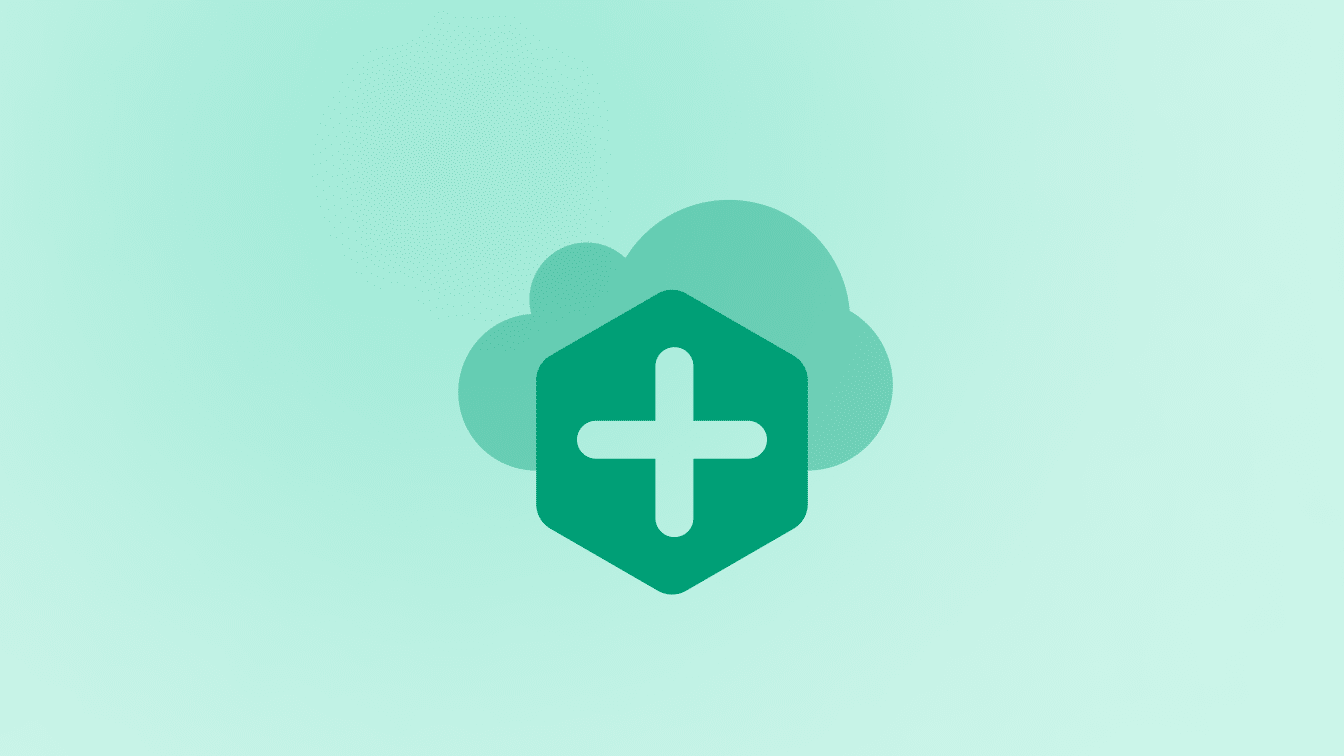
FinOps Scopes are segments of technology-related spending to which FinOps Practitioners apply FinOps concepts.
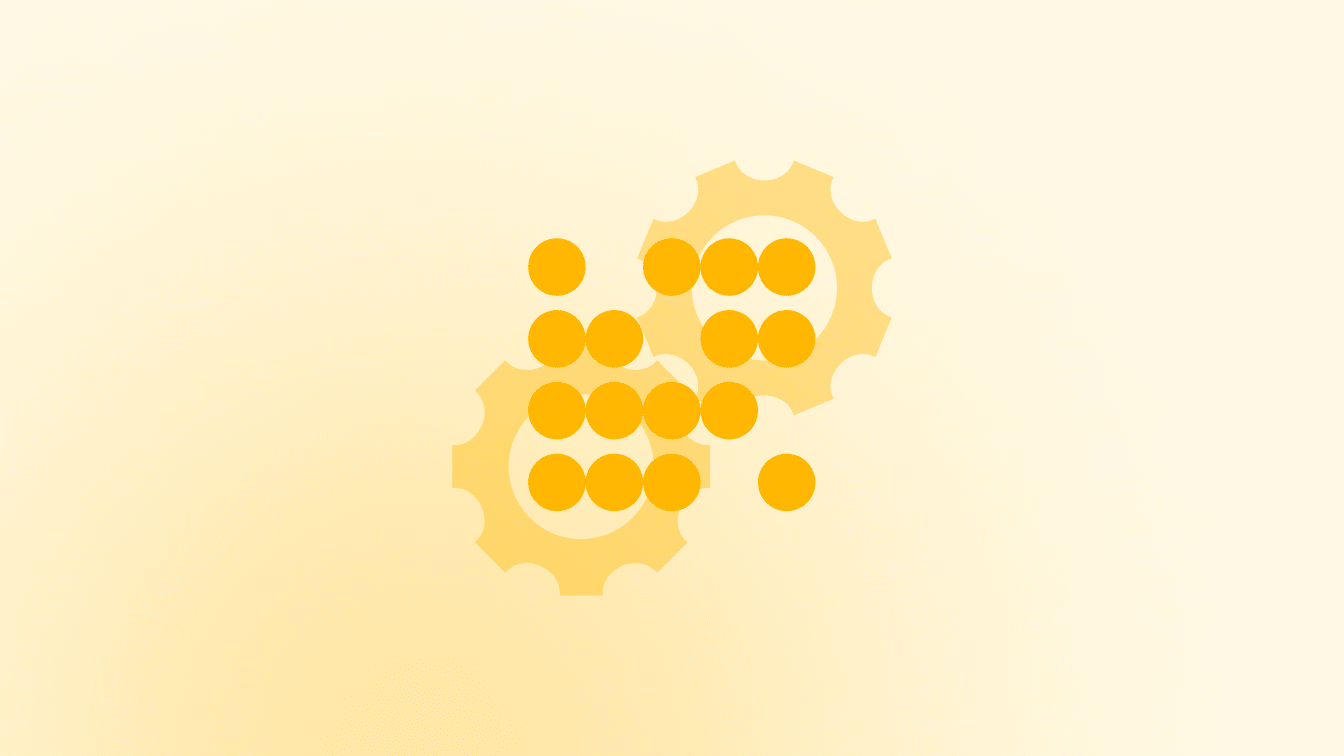
The ultimate goal of FinOps is to drive more business value through the optimization of technology usage and costs.
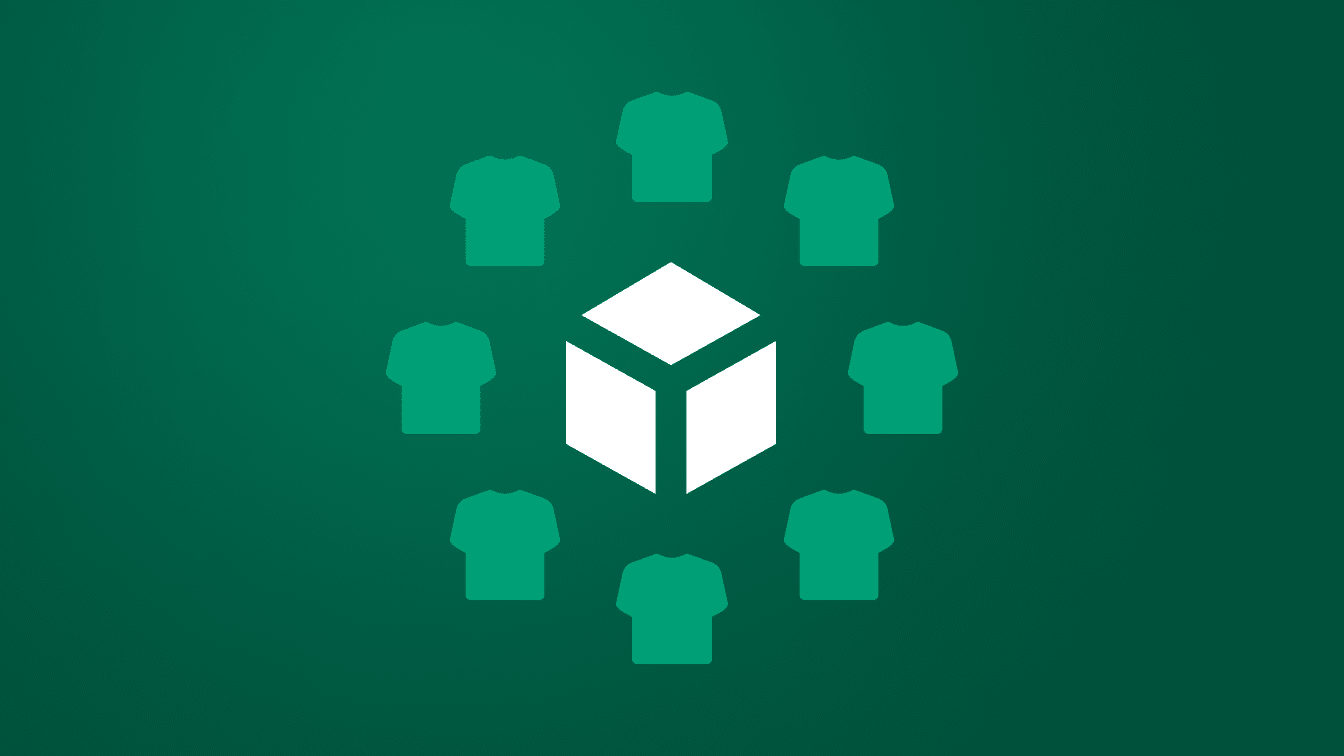
Finance, technology, product, and business teams work together to continuously improve their technology use for efficiency by leveraging FinOps.
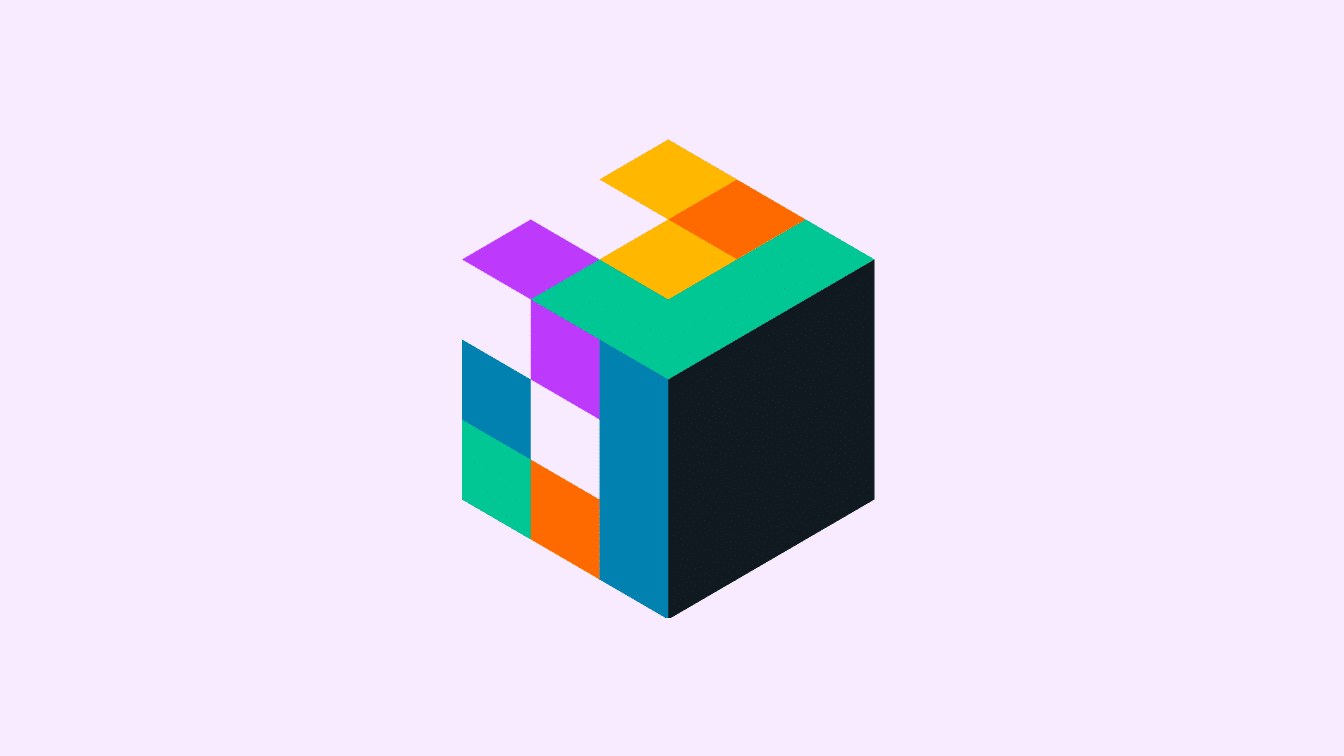
The FinOps Open Cost and Usage Specification (FOCUS™) unifies cost and usage billing data across clouds, software, and data centers.
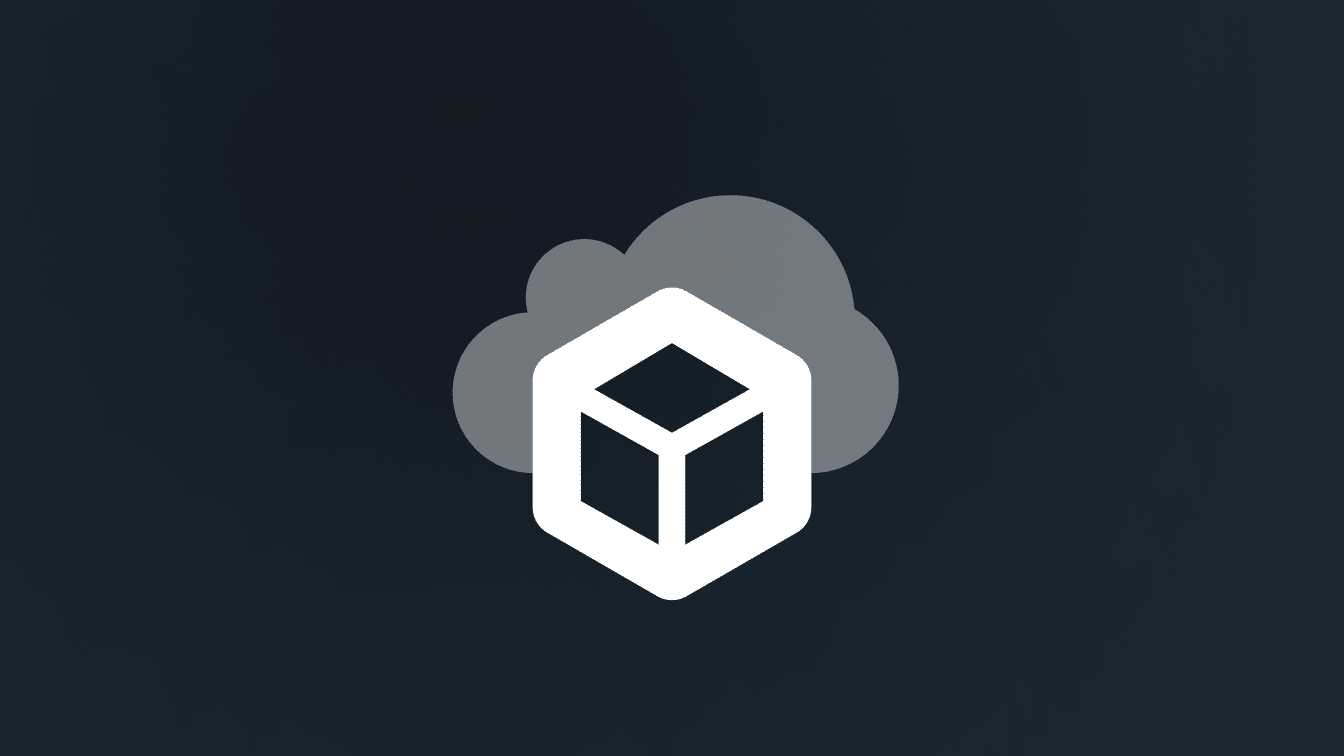
Shift cost considerations in the product process by designing and architecting for cost requirements before deployment.
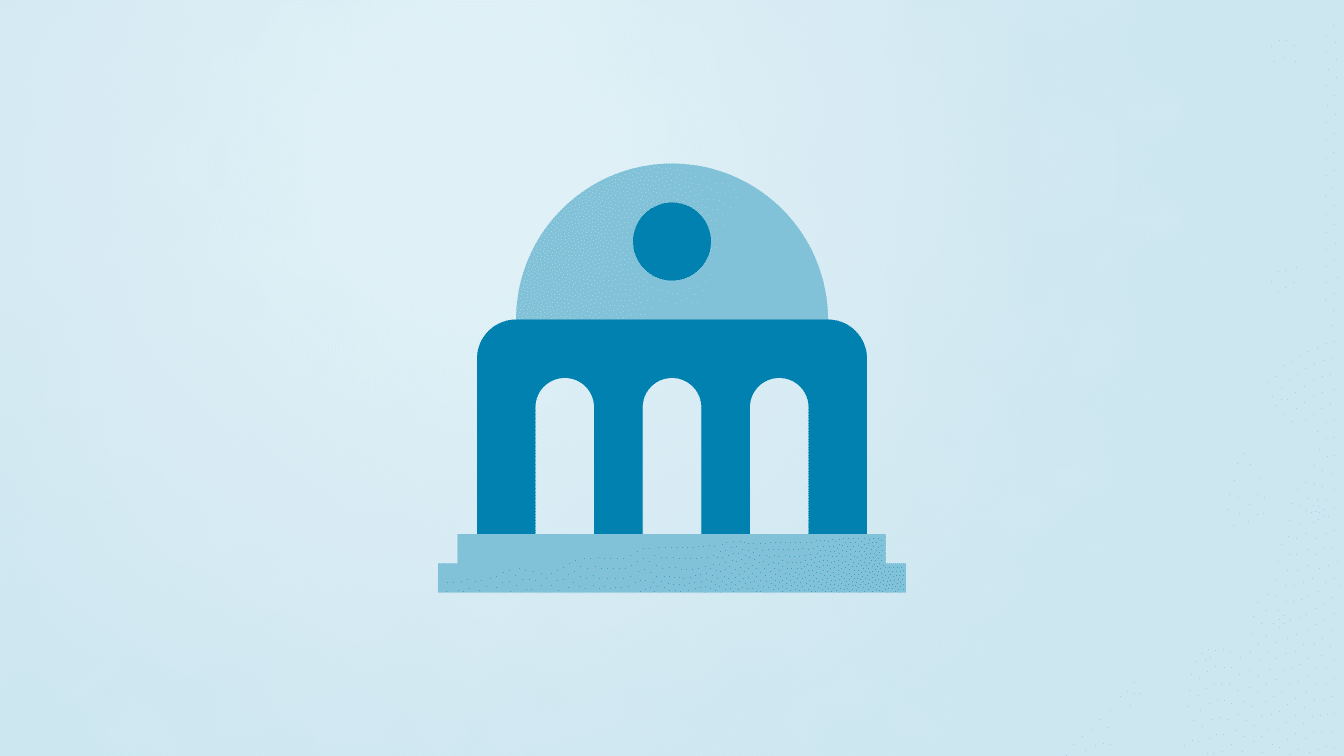
Apply the FinOps Framework to assist federal agencies as they begin (or mature) their FinOps journey.
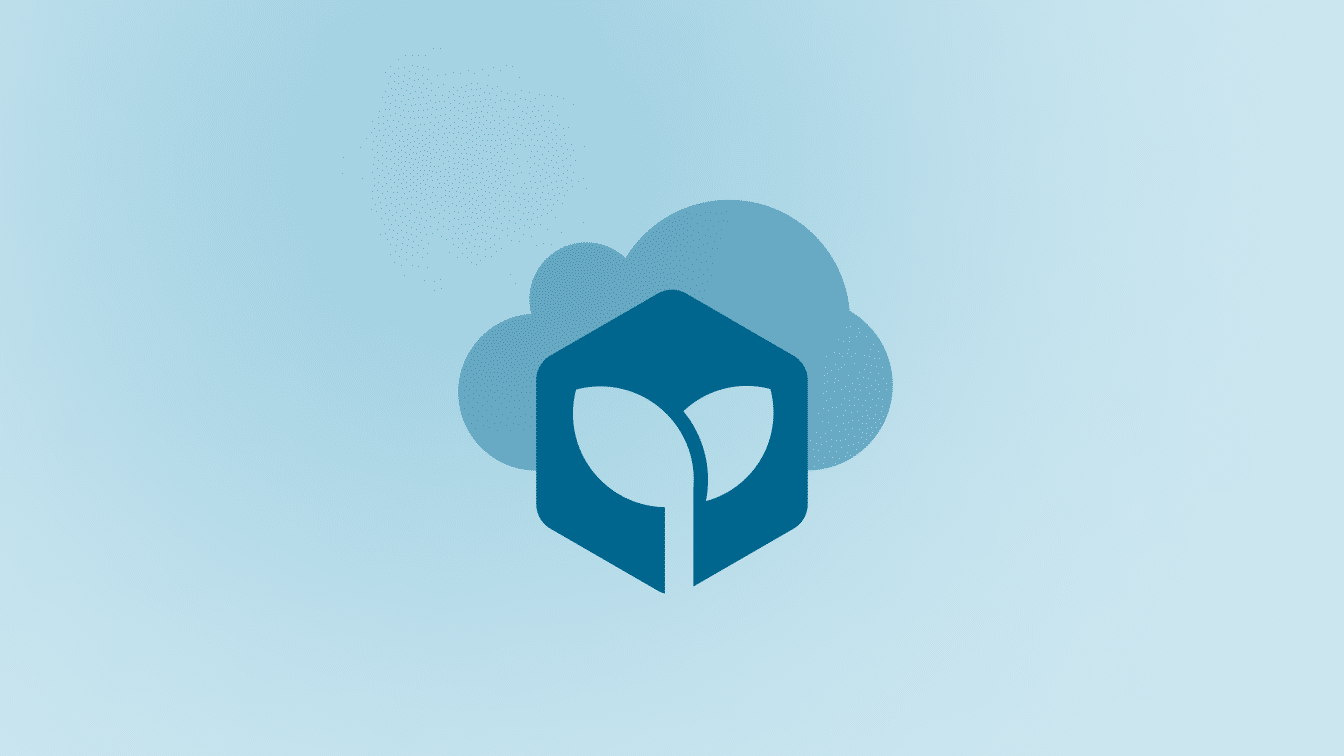
Carbon-aware FinOps and the intersection of Cloud Sustainability with other capabilities.